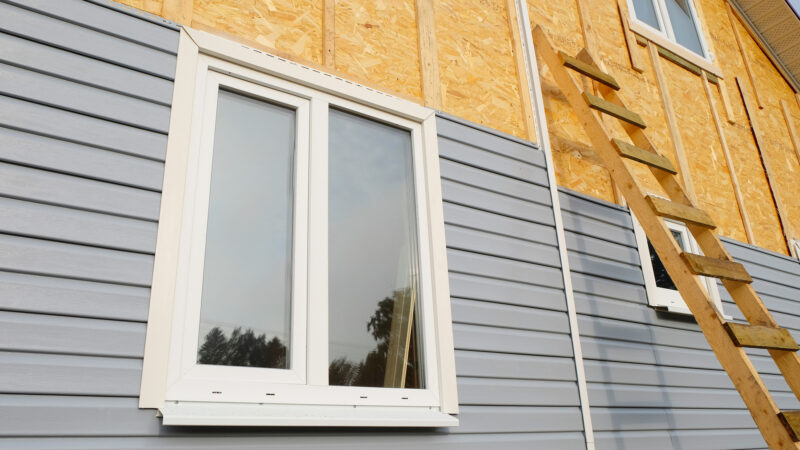Construction in Australia: Playing by the Rules

Did you know that construction in Australia accounts for 9% of its yearly GDP? It also generates over $360 billion in revenue. This makes it an important part of the Australian economy.
As a result, the industry is heavily regulated. And it’s important to understand these regulations before starting a construction project.
So if you’re looking to understand the industry rules, this article is for you.
Keep reading to learn what you need to know about the industry’s regulations.
Required Licensing
Before constructing, you will need to gain the correct permits and certification. You will also need to abide by the Australian NCC guidelines.
The NCC provides a set of design standards to follow when constructing. They determine what quality raw materials manufacturers should reach—for example, steel suppliers.
The size, nature, and location of the project will affect which type of license you need.
For example, a license for residential construction will not allow a builder to supervise specialist work. And a large infrastructure project will need zoning approval.
Correct Use of Contracts
Standards Australia outlines a set of standardized fields that your contracts must contain. This includes work timeframe, payment schedule, and limitation clauses.
Contractors must agree to carry out work with due care in line with the contract. While employers must promise to fulfill safety requirements and national employment standards.
This set of standards ensures protection for workers’ and employers’ rights. Over 1.15 million people are employed in the construction sector, so getting your contracts right is important.
Insurance
Having certain types of insurance is a legal requirement. For example, you must have workers’ compensation insurance to construct in Australia.
Taking out the correct insurance can be costly, but it can also protect you legally and financially.
For example, you should take out comprehensive motor insurance as well as public and product liability. If you then crash a work vehicle into a client’s property, you would be protected.
You could claim a replacement vehicle and have damage costs covered.
There are several types of insurance beyond these that you should consider. This includes professional indemnity and works insurance.
Environmental Regulations
Construction in Australia comes with several environmental regulations. These are put in place to protect the health of residents and the planet.
Environmental laws may change depending on which state you’re building in. Typically your project must meet Environmental Planning Policy 65 standards.
Experts inspect projects to ensure they are not breaking any environmental regulations. You are then either approved or denied permission to construct.
Concerns are growing about the state of the environment. With that comes a growing list of regulations. So it’s important to stay up to date with new laws and construction requirements.
Now You Know Construction in Australia
After reading through this article, you should now have an understanding of construction in Australia.
Regulations can vary depending on the state, so make sure to check for territory-specific rules.
Once you understand these key regulations, you’re ready to start building.
If you found this article helpful, make sure to check out the rest of our blog for more.






